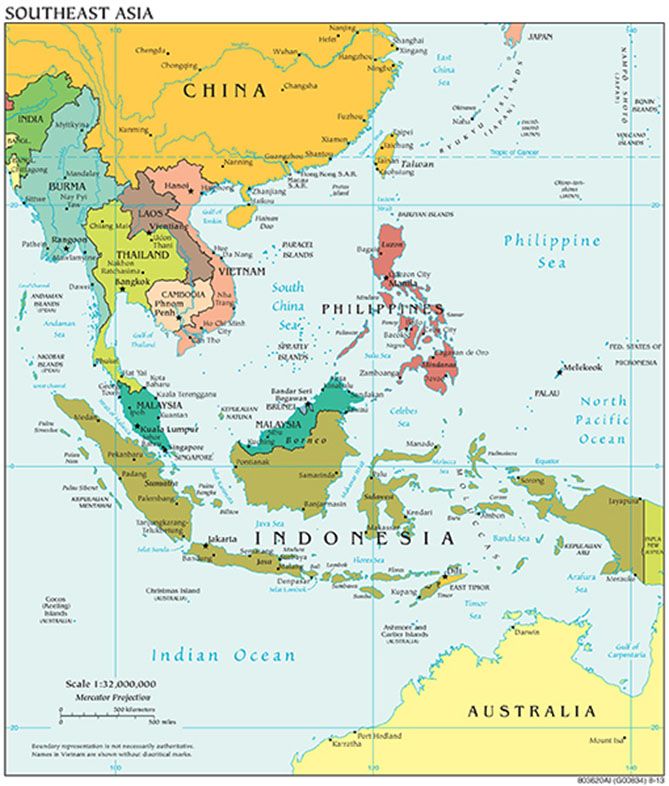The Regional Comprehensive Economic Association (RCEP) has a complex rate program, according to an analysis by the US Congress.
To begin with, the RCEP is an unprecedented mega-regional trade agreement comprising a diverse mix of developed, developing and less developed economies in the region.
Its 20 chapters cover trade in goods and services, investment, public procurement, technical standards and regulations, intellectual property rights, electronic commerce, and other topics.
Also, several chapters are new to ASEAN FTAs.
The RCEP is considered a “living agreement”, with a built-in agenda for future conversations in various areas.
What countries make up this bloc? China, the Philippines, Malaysia, Indonesia, Singapore, Thailand, Brunei, Vietnam, Laos, Burma, Cambodia, Japan, South Korea, Australia, and New Zealand.
The RCEP
The parties agreed to reduce or eliminate tariffs by approximately 92% over 20 years, with eliminated tariffs / quotas covering more than 65% of traded goods.
There are considerable exceptions in certain sectors, such as agriculture in the case of Japan.
Due to existing FTAs, tariff reductions are not necessarily substantial for all parties.
In services, according to the same analysis, while seven members agreed to a «negative list» approach that restricts only the sectors explicitly listed, eight members (including China) negotiated to maintain a «positive list» approach that only liberalizes sectors. listed in the agreement: these countries committed to transition to a negative list within six years.
At the same time, some estimates suggest that at least 65% of the service sectors will be fully open, with advanced access to the market for professional, financial, telecommunications, IT and logistics services.
E-commerce
These and other provisions go beyond other ASEAN FTAs, such as investment protections that prohibit broader performance requirements than previous commitments (for example, technology transfer as a condition of market access).
The RCEP does not include investor-state dispute resolution, although the parties agree to review its inclusion within five years.
In electronic commerce, members agree not to impose customs duties on electronic transmissions.
General obligations to avoid data localization requirements or cross-border data transfers are subject to broad exceptions for public policy and security reasons from the national RCEP.
The e-commerce chapter, like others, is not subject to general dispute resolution.
The parties to the agreement, particularly the least developed countries (Burma, Cambodia, Laos) and ASEAN members negotiated “special and differential treatment” that largely offers transitional periods for various commitments (for example, related to the e-commerce, trade facilitation and intellectual property rights).
![]()

